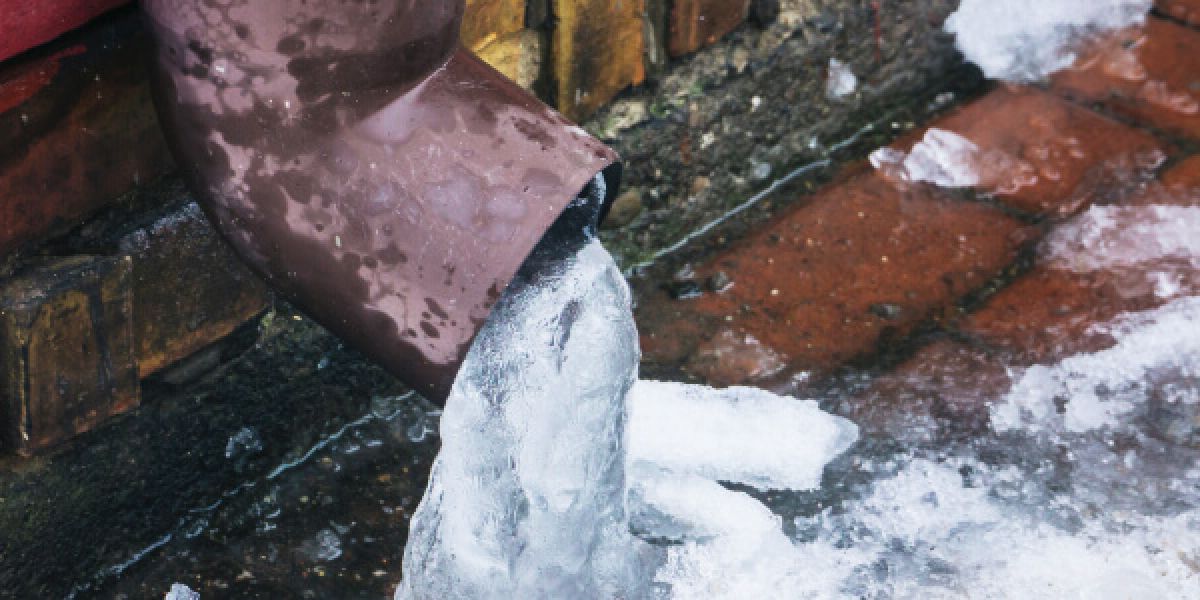Crucial Advice to Protect Against Frozen Pipes in Cold Weather
Crucial Advice to Protect Against Frozen Pipes in Cold Weather
Blog Article
Do you find yourself interested in information and facts around 6 Ways to Prevent Frozen Pipes?

Winter can wreak havoc on your plumbing, particularly by freezing pipelines. Below's how to stop it from happening and what to do if it does.
Intro
As temperature levels decrease, the threat of icy pipes rises, potentially causing pricey fixings and water damages. Understanding just how to stop frozen pipelines is important for homeowners in chilly climates.
Recognizing Frozen Pipelines
What causes pipelines to freeze?
Pipelines freeze when exposed to temperature levels below 32 ° F (0 ° C) for expanded periods. As water inside the pipelines ices up, it broadens, putting pressure on the pipeline walls and possibly triggering them to rupture.
Risks and problems
Frozen pipelines can lead to water supply disturbances, home damages, and expensive fixings. Ruptured pipelines can flood homes and cause substantial architectural damage.
Signs of Frozen Piping
Determining frozen pipes early can prevent them from bursting.
Just how to identify frozen pipes
Try to find reduced water circulation from taps, unusual odors or noises from pipelines, and noticeable frost on revealed pipes.
Prevention Tips
Insulating at risk pipes
Wrap pipes in insulation sleeves or make use of warm tape to shield them from freezing temperature levels. Concentrate on pipes in unheated or external locations of the home.
Heating strategies
Keep indoor spaces properly heated up, specifically locations with pipes. Open cabinet doors to enable warm air to distribute around pipes under sinks.
Safeguarding Outside Pipes
Garden hose pipes and outdoor faucets
Disconnect and drain pipes garden hoses prior to wintertime. Install frost-proof faucets or cover outdoor taps with insulated caps.
What to Do If Your Pipelines Freeze
Immediate actions to take
If you think frozen pipelines, maintain faucets open up to alleviate stress as the ice thaws. Make use of a hairdryer or towels taken in hot water to thaw pipes slowly.
Long-Term Solutions
Architectural changes
Take into consideration rerouting pipes away from outside walls or unheated areas. Add added insulation to attics, basements, and crawl spaces.
Upgrading insulation
Invest in high-quality insulation for pipes, attics, and walls. Correct insulation assists keep consistent temperatures and reduces the risk of icy pipelines.
Final thought
Stopping icy pipes calls for proactive actions and quick feedbacks. By understanding the causes, indications, and preventive measures, property owners can protect their plumbing during cold weather.
5 Ways to Prevent Frozen Pipes
Drain Outdoor Faucets and Disconnect Hoses
First, close the shut-off valve that controls the flow of water in the pipe to your outdoor faucet. Then, head outside to disconnect and drain your hose and open the outdoor faucet to allow the water to completely drain out of the line. Turn off the faucet when done. Finally, head back to the shut-off valve and drain the remaining water inside the pipe into a bucket or container. Additionally, if you have a home irrigation system, you should consider hiring an expert to clear the system of water each year.
Insulate Pipes
One of the best and most cost-effective methods for preventing frozen water pipes is to wrap your pipes with insulation. This is especially important for areas in your home that aren’t exposed to heat, such as an attic. We suggest using foam sleeves, which can typically be found at your local hardware store.
Keep Heat Running at 65
Your pipes are located inside your walls, and the temperature there is much colder than the rest of the house. To prevent your pipes from freezing, The Insurance Information Institute suggests that you keep your home heated to at least 65 degrees, even when traveling. You may want to invest in smart devices that can keep an eye on the temperature in your home while you’re away.
Leave Water Dripping
Moving water — even a small trickle — can prevent ice from forming inside your pipes. When freezing temps are imminent, start a drip of water from all faucets that serve exposed pipes. Leaving a few faucets running will also help relieve pressure inside the pipes and help prevent a rupture if the water inside freezes.
Open Cupboard Doors
Warm your kitchen and bathroom pipes by opening cupboards and vanities. You should also leave your interior doors ajar to help warm air circulate evenly throughout your home.

Do you appreciate more info about Prevent Frozen Pipes ? Place a remark further down. We'd be glad to know your insights about this write-up. We are looking forward that you visit us again soon. If you enjoyed our blog posting if you please make sure you remember to share it. I take joy in reading our article about How to Prevent Your Pipes From Freezing.
Schedule Your Job Now Report this page